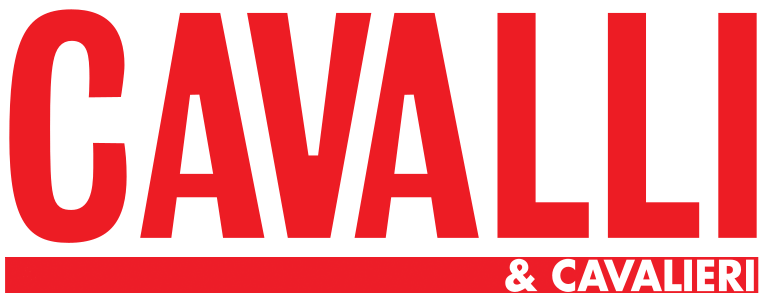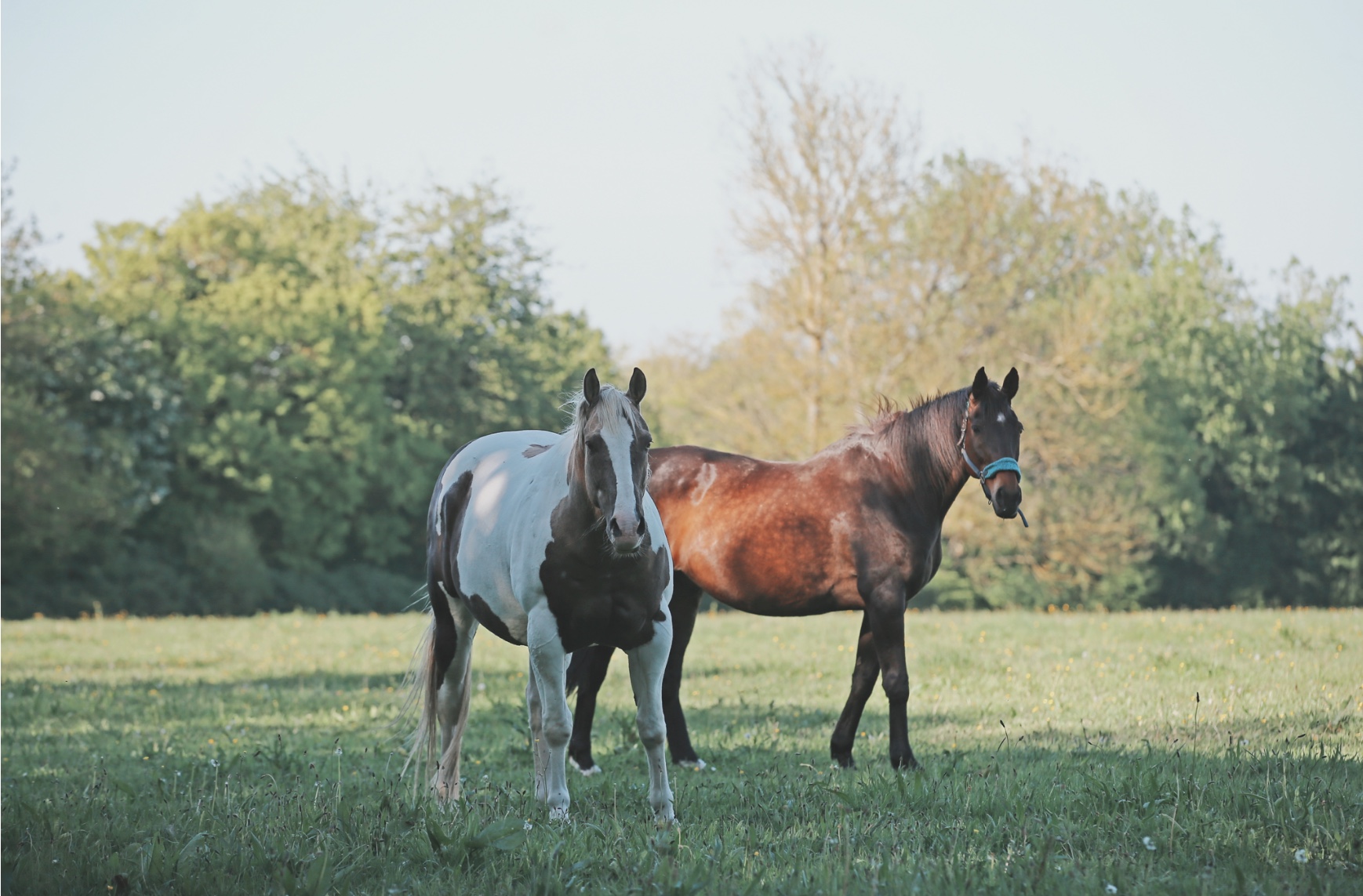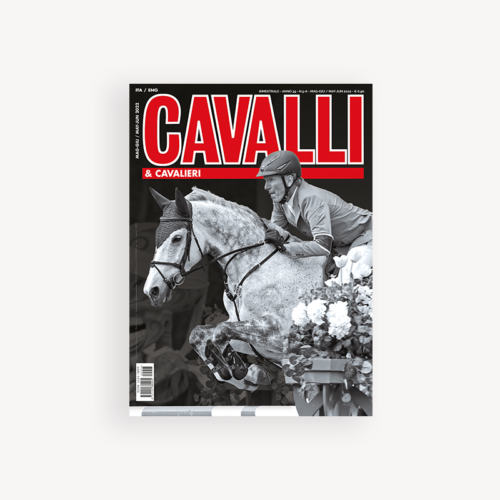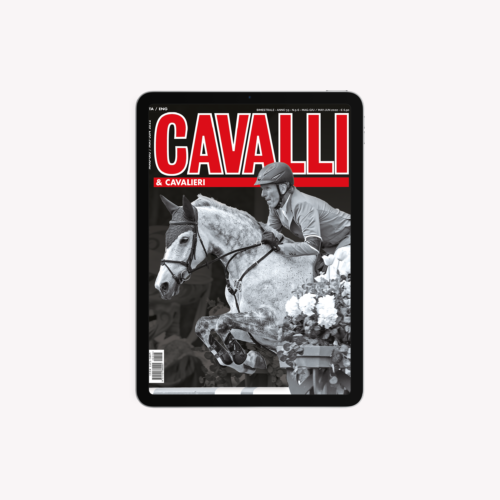Animal Osteopathy
Osteopathy is above all a fundamental means of prevention
by Alessia Del Pinto
In order to discuss osteopathy one needs to go back a very long way in time. Traditional osteopathy in fact was started in 1874 in the United States by Andrew Taylor Still. One cannot therefore consider it a ‘new invention’ or a ‘passing fad’ as instead one often hears. Furthermore, he was a traditionally trained medical doctor who simply did not particularly appreciate the manner in which his colleagues treated horses and was the first to understand the absolute balance there is between the body’s structures also realising how necessary it was to introduce a holistic vision in medicine. The difference compared to traditional medicine is osteopathy’s approach to a pathology, which is seen as a lack of balance among roles that need to be rebalanced through osteopathic treatment so as to allow the body spark a self-curing process. In Italy nowadays osteopathy still meets with some resistance, despite the fact that clinical experience in the human field clearly demonstrates the functioning of the techniques and the WHO (World Health Organisation) recognises it and sets it within the framework of traditional and complementary medicine.
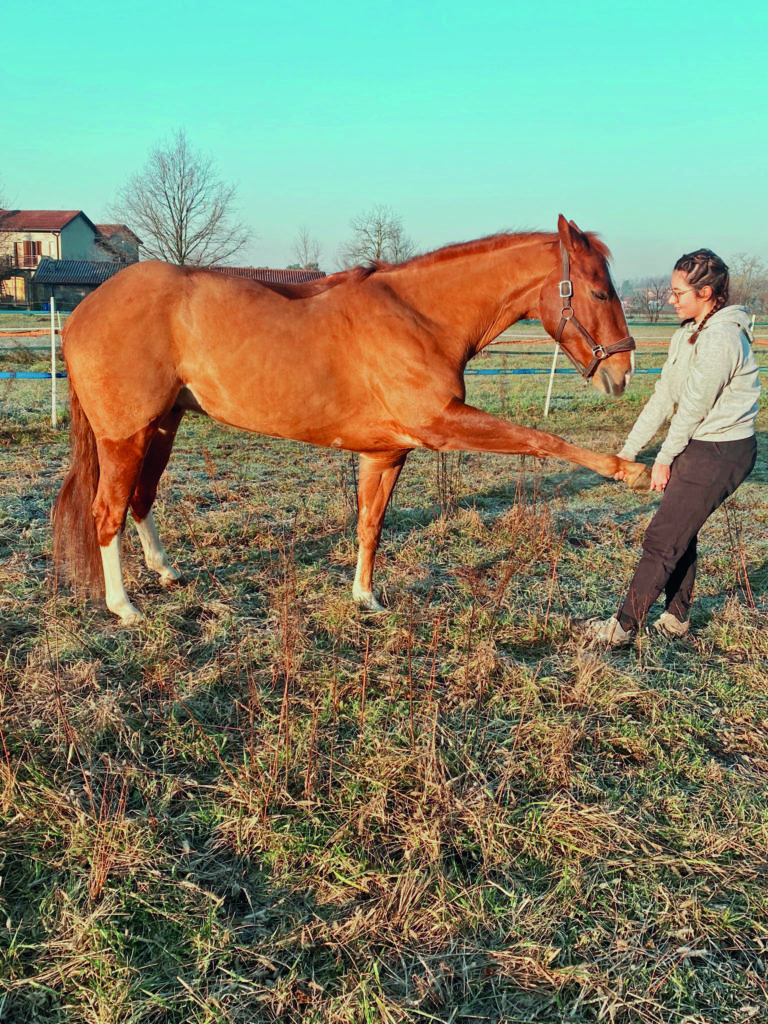
Over the years, cooperation between osteopaths with an interest in animals and veterinarians has led to what is now known as ‘Animal Osteopathy’. It has existed and been practised for years in the equine sector, especially in countries such as France, Germany and England, and increasingly used in recent years also in Italy, with all the difficulties that arise from the lack of a certified and defined academic programme for training animal osteopaths.
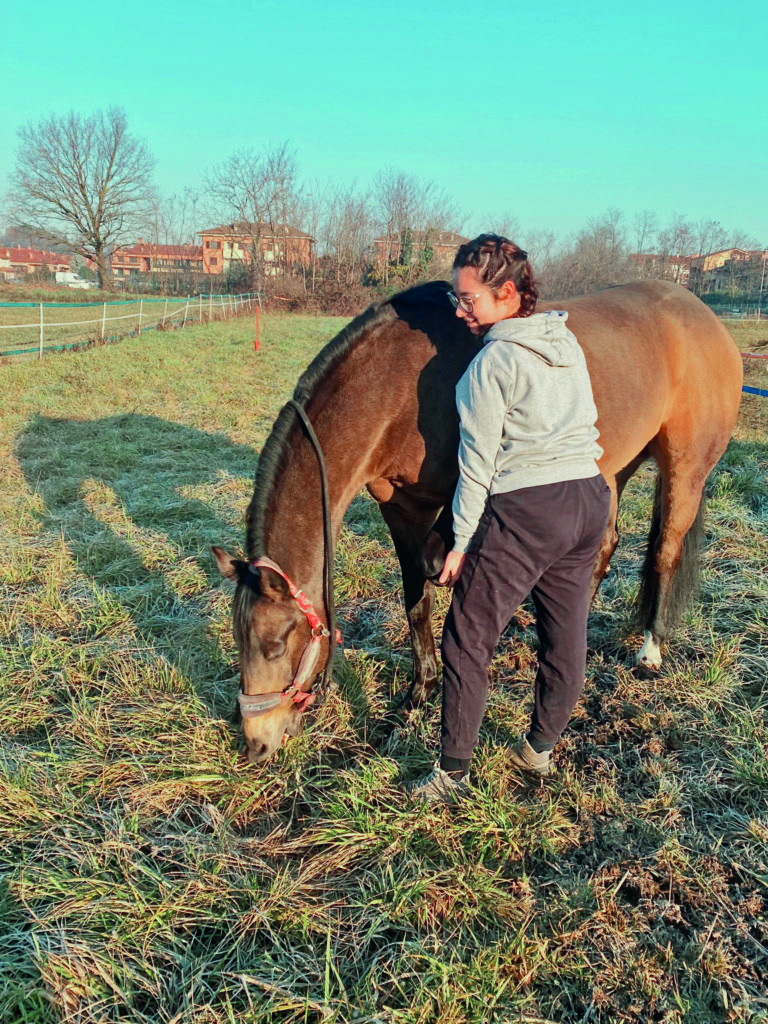
Objectives and treatment
Contrary to what many often believe, an osteopath is not a magician or a soothsayer, but a competent and trained person who has studied for years and developed such a sensitivity that he/she is able to feel, using only his/her hands, which tissues are not working. Treating pain is enacted starting from a totally different part of the body than where the pain is felt, this happens because the objective is to work on the cause of the pain and not necessarily its manifestation; a horse’s back pain could, for example, be treated by working only on the cervical area. Techniques used during treatment are multiple ones and can be grouped into four main categories; musculoskeletal techniques, myofascial techniques, cranial techniques, visceral techniques. Osteopathy, just like massage, Neuromuscular Taping and traditional Chinese medicine are instruments that complement veterinary medicine, essential in helping solve muscular contractions, lameness and joint pain. Osteopathy however is above all an essential means of prevention.
It is necessary for owners and riders to attribute greater importance to these psycho-physical treatments of horses so as to achieve a state of optimal fitness. An osteopath who works in an equestrian environment must therefore assist riders and owners to choose the best possible conditions to keep their horses healthy, taking into account in a holistic manner all factors that could affect their performance.
Why Animal Osteopathy and not Veterinary Osteopathy
It is essential to make a clear distinction between Veterinary Medicine, which can and must only be practised by people who have a Master’s Degree in Veterinary Medicine, and all alternative practices. This is why an osteopath who does not have a degree in Veterinary Medicine should not associate his name to these words.
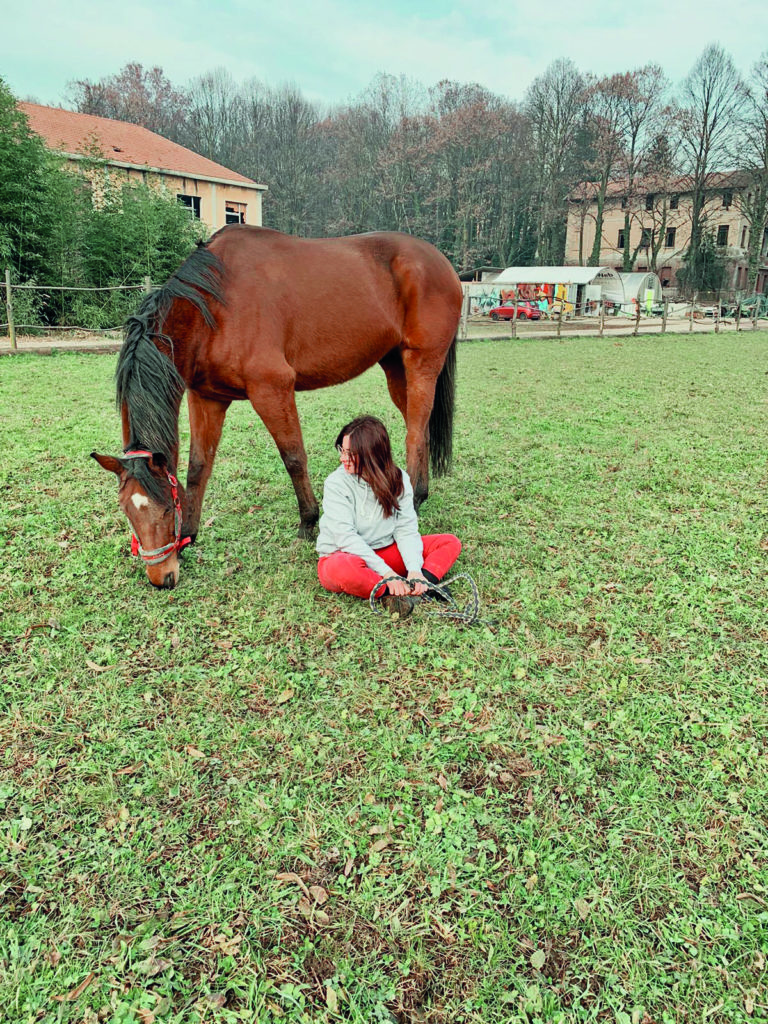
When should one consult an Osteopath
- Muscular problems
- Treatment of sports horses
- Lameness
- Widespread pain
- Back ache
Did you know that…
A ‘holistic point of view’ is a treatment method that attributes the same importance to physical, mental, emotional and spiritual aspects ‘Osteopathic Disfunction’ is a restriction of mobility, in most cases caused by a physical or psychological trauma. Such restrictions oblige the rest of the body to adapt, resulting in the appearance of pain or significant restrictions to mobility.
